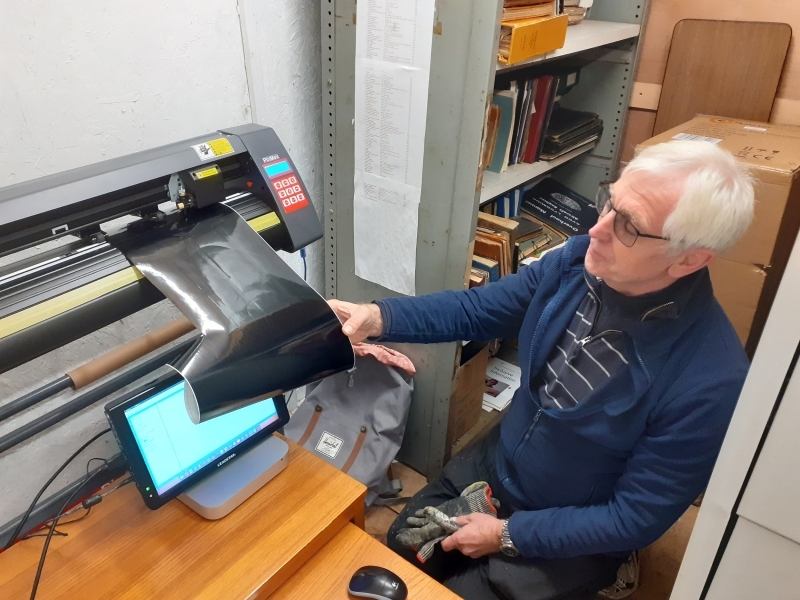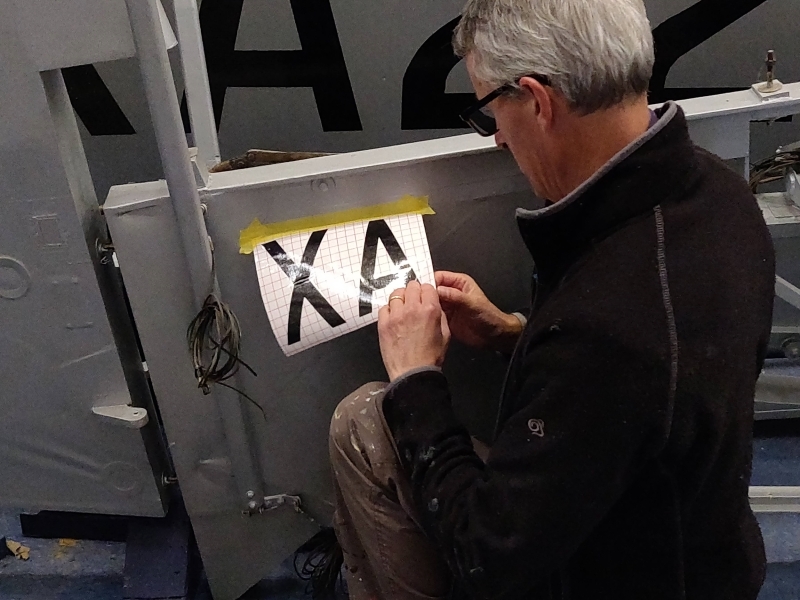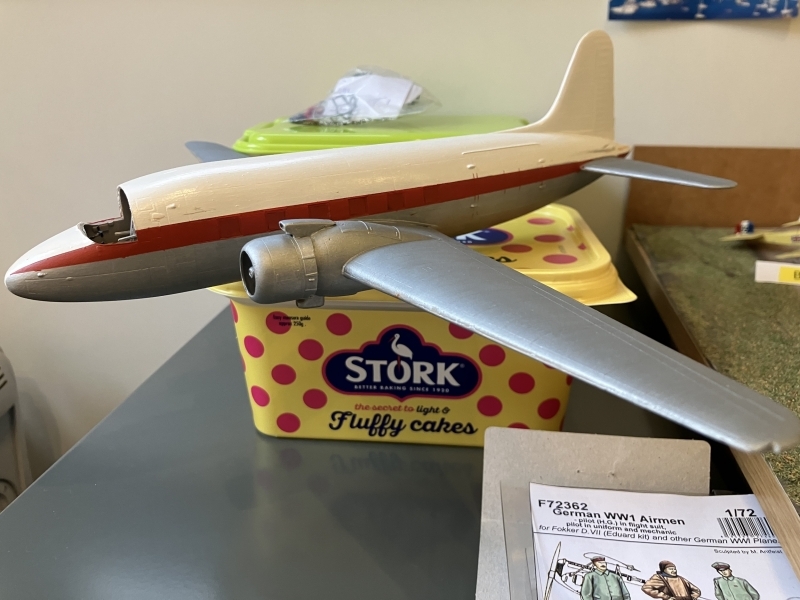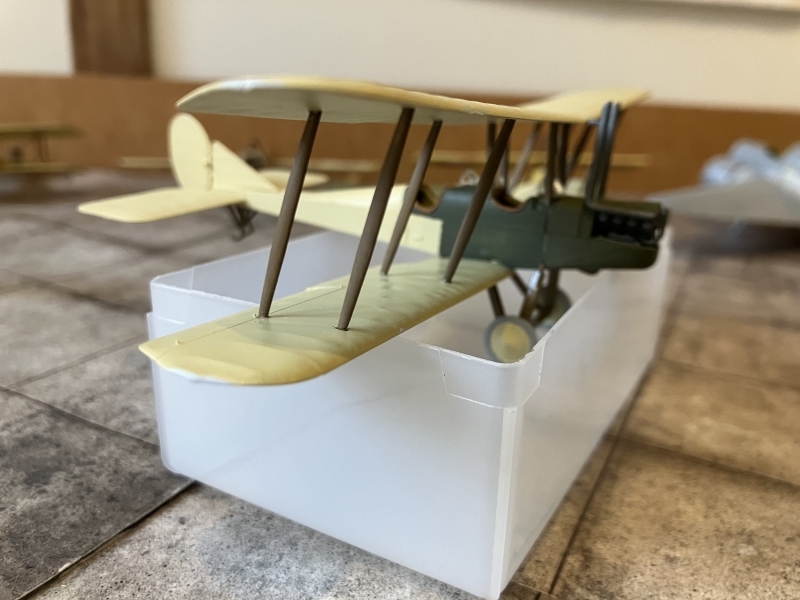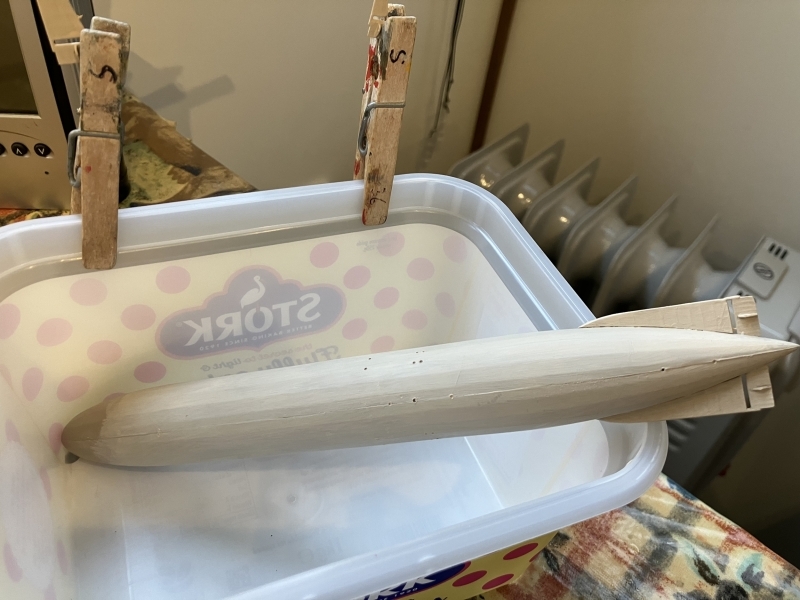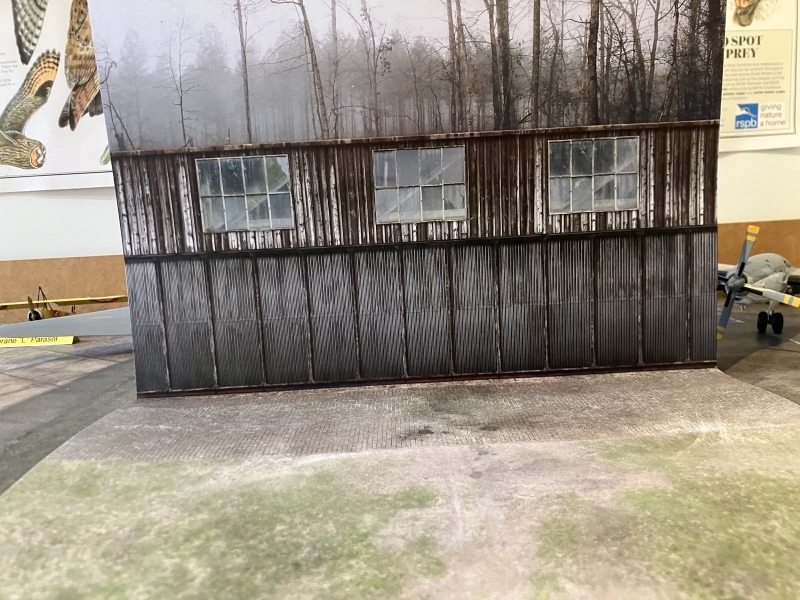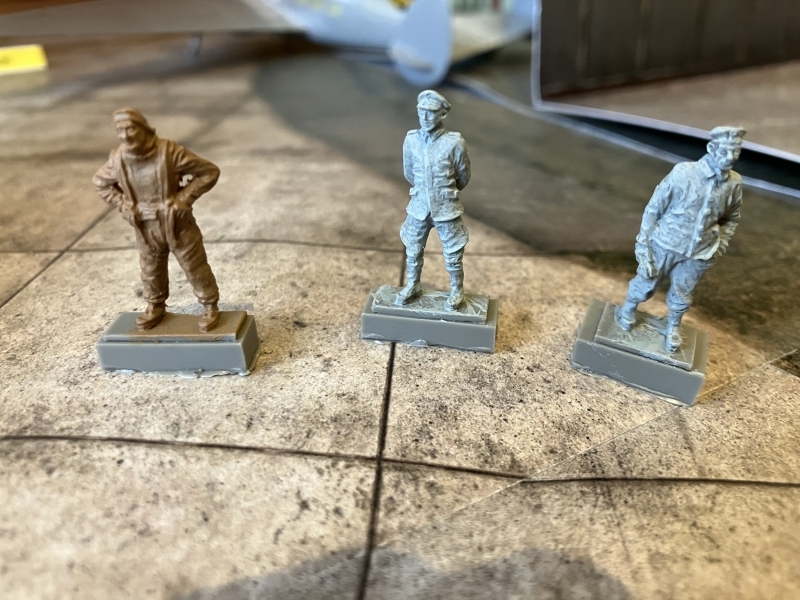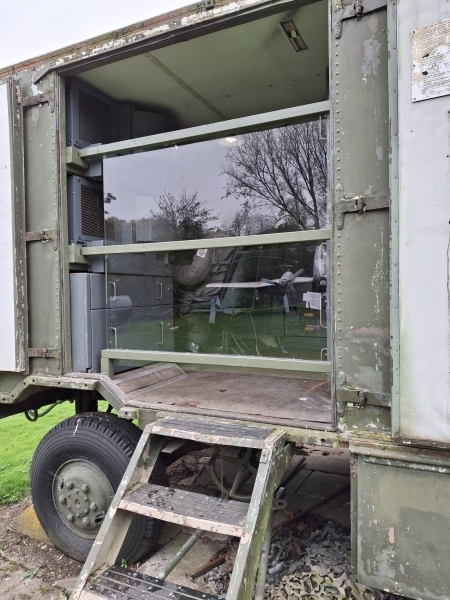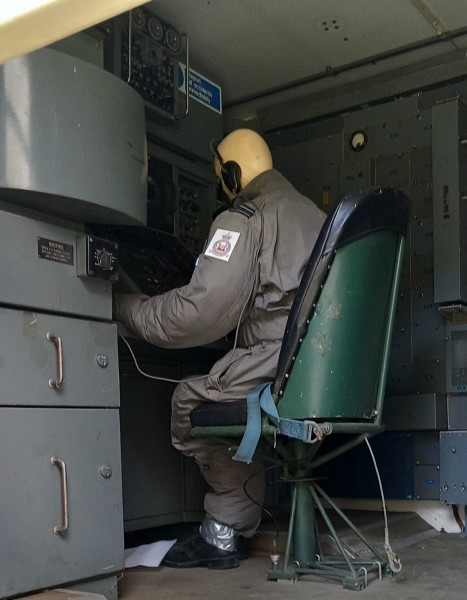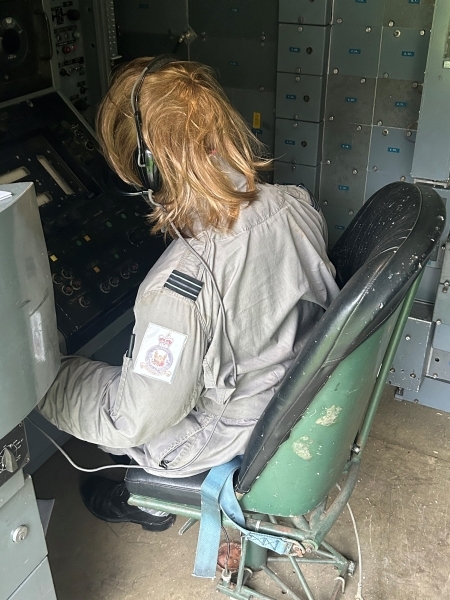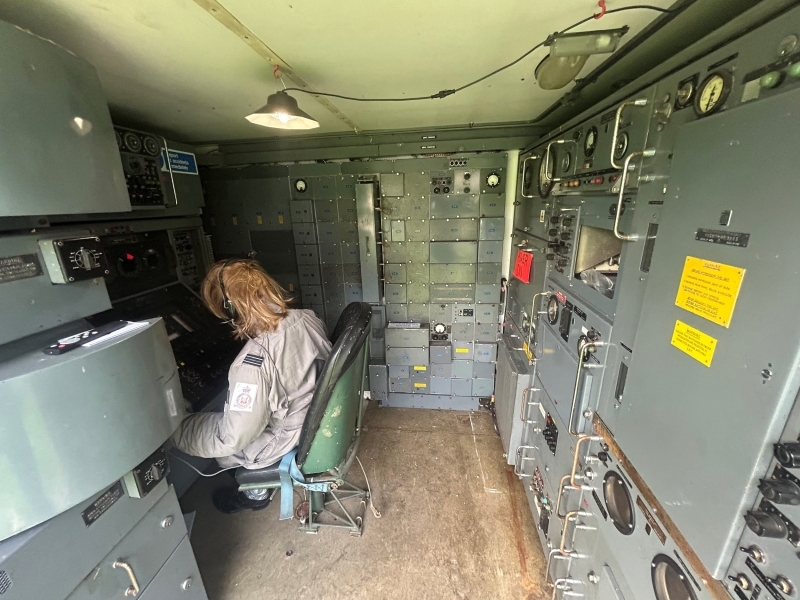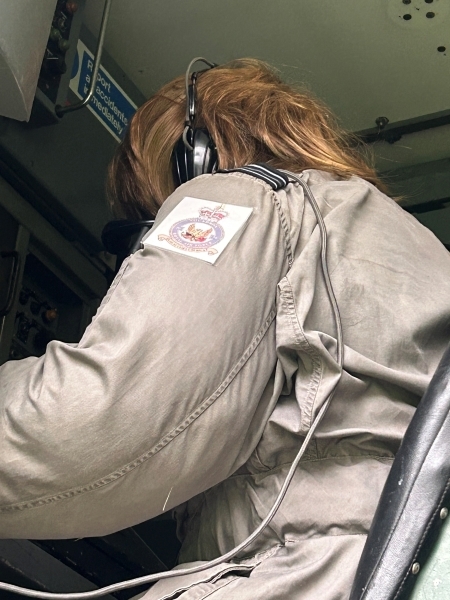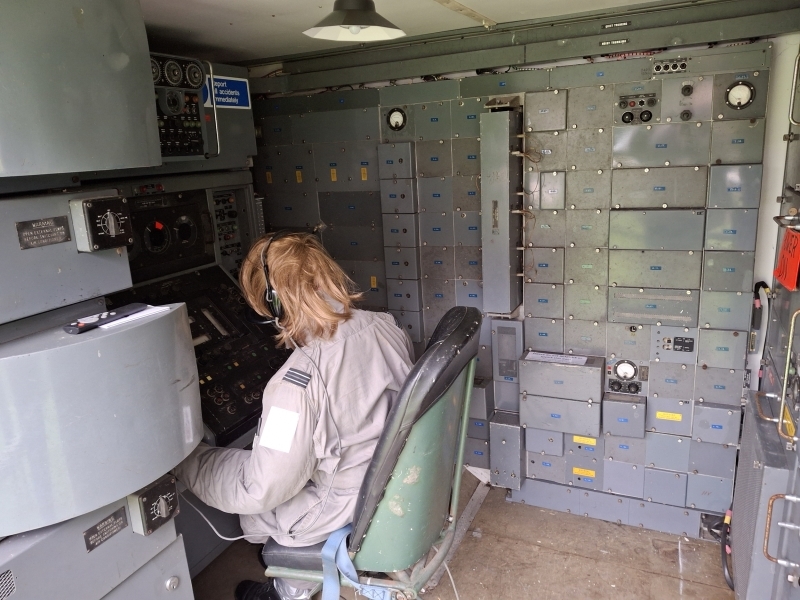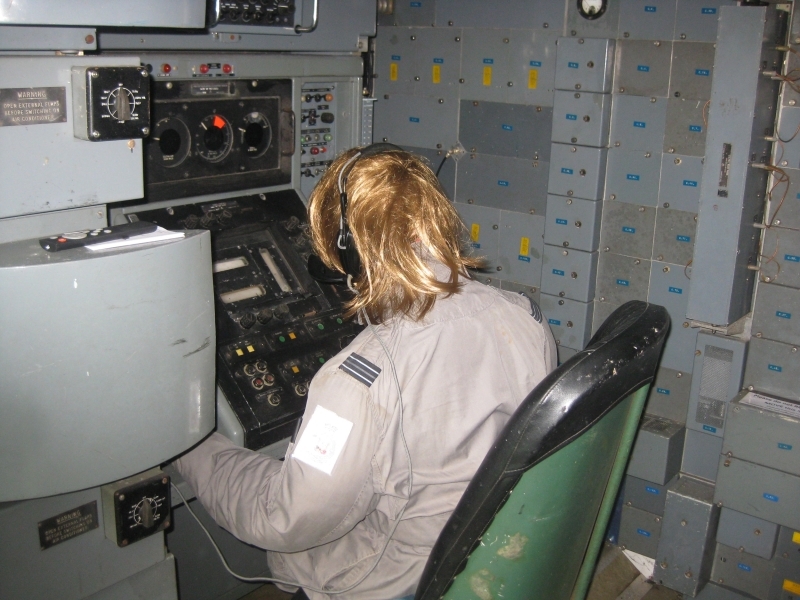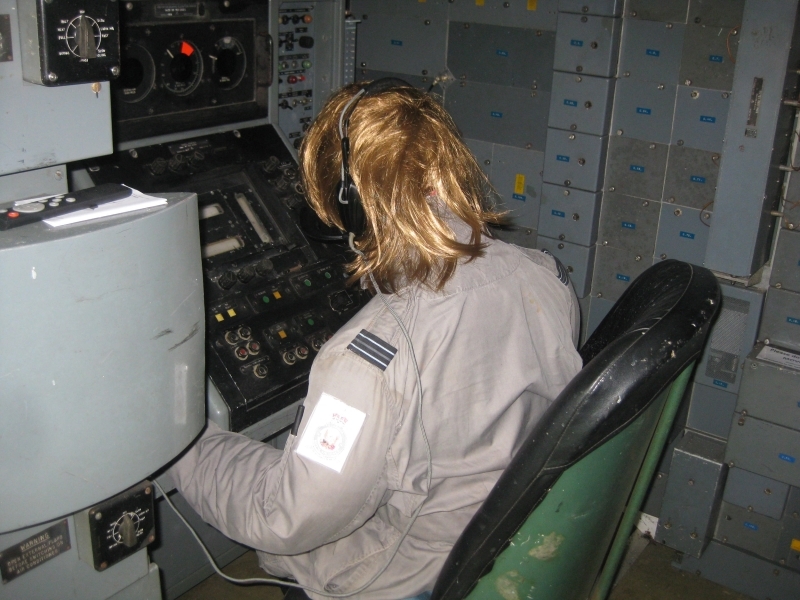NASAM Update as of the 16th Nov 2024
In This Edition
Summary of Contents
In this edition of the blog’s “Museum News“, we have the open dates for November and December. We also have details from Martin on the Admission Charges for 2025. You may wish to take this opportunity, therefore, to visit on one of the four more days we are open this year, which are still free to enter and free to park.
From the Teams “Inside and Outside – The Museum“, we have a painter’s update from Barry, who incidentally tells me that there will be fewer updates from the paint team as they are now mostly involved in cleaning tasks, which is not that newsworthy for the blog.
Malcolm has an update from the MMU and details of models he is working on for the various displays that will be updated in the next few months.
Next up is an article from Graham in Archives, giving us an insight into Christmas pud 1940s style, who, whilst on a hunt for a pair of contact lenses (yes, would you believe it, a pair of contact lenses), came across an old cookbook with this recipe in it. Graham was following up on the article in the last edition of the blog, entitled “Flt Lt Charles Greene”. He did not say if he had found the contact lenses, though.
Finally, in this section, we have a follow-up from the Chippies article in the last blog entitled “Gladys and the Bloodhound”, where I asked for more pictures of Gladys and to which Ivor, Joe and Michael responded with a number of photos.
Last up in this edition of the blog, we have the “Event Information” section, which contains details of the reopening date for the Museum and also the events booked so far by Gary for 2025. These events are beyond the “pencil-in” dates and are now being planned by the Museum. These are diary dates that you can use for 2025.
Pete S
Museum News
General news from the Museum
Opening Days in 2024
We are still open on the following days and still free to enter and free to park for the remainder of 2024.
- Sundays only November the 17 & 24th, from 1000 thru to 1600.
- We will be open on Friday the 27th and Saturday the 28th of December from 1000 thru to 1500.
- Please note that not all areas may be open during these days.
Pete S
![]()
2025 Admission Charges
Norfolk and Suffolk Aviation Museum (NASAM) – An Important Change
Our museum’s roots can be traced back 52 years to a handful of aviation enthusiasts, meeting in an old Nissen hut behind the Flixton Post Office. From those inauspicious beginnings, our museum has grown into a widely appreciated aviation attraction, now bringing in over 21000 visitors per year.
In all those years, we have never charged for admission. But, as we have grown, the demands have also grown. We need to maintain our ageing collection; we need to add to the attractions for our visitors; and, in keeping with the museum’s history of expansion, we have more plans for expansion over the next five years.
Despite not charging admission, the museum has never been ‘free’. We have always said that we rely on donations. Originally, we asked that visitors donated what they could afford. Latterly we asked that visitors donated what they thought we were worth. However, the average donation per visitor stands at £1.83 and the reality is, we cannot maintain our museum, much less improve it, for £1.83 per visitor.
 And so, to ensure a bright future for NASAM, we have taken the decision that, from the beginning of 2025, we will start to charge an admission fee. We have taken our cue from other comparable museums and have set our prices accordingly. There will be a simple ticketing structure and, when Gift Aided, tickets may be converted to an annual pass, providing unlimited visits during that period. The prices will be:
And so, to ensure a bright future for NASAM, we have taken the decision that, from the beginning of 2025, we will start to charge an admission fee. We have taken our cue from other comparable museums and have set our prices accordingly. There will be a simple ticketing structure and, when Gift Aided, tickets may be converted to an annual pass, providing unlimited visits during that period. The prices will be:
- Adult – £10.00
- Child (over 5) – £5.00
- Family (up to 2 adults, up to 3 children) – £20 (meaning children are ‘free’ on the family ticket)
We have always valued the patronage of local people and appreciate the support you have given us over the years. We recognise that, unlike many of our visitors, you’re not necessarily going to spend all day with us on your frequent visits. This had some bearing on our deciding to opt for a ticket valid for 12 months with Gift Aid. For those unable to Gift Aid, museum membership may be taken out at no additional cost which, in turn, will bestow an annual pass. We trust that, if you are one of our many repeat visitors, you won’t feel that £10 per person is an unreasonable ask for unlimited visits over a 12-month period.
As always, we welcome feedback and will be particularly interested to hear your thoughts on our decision to charge an admission fee. You can contact us by e-mail at nsam.flixton@gmail.com. Alternatively, why not drop in on the days that we are open and tell us in person? You’re always very welcome!
Martin
Inside and Outside – The Museum
Information from the various teams
Painters Team Updates
05/11/24 – The first cut isn’t the deepest!
Yes folks, it was a Cat Stevens kind of week this week. It was he who penned the track referred to in the blog title, that became a hit for P. P. Arnold, Rod Stewart or Sheryl Crow, depending on your age and memory.
“Wot’s he on about?” I hear you ask. Well, with the Sea Prince pretty much finished in terms of painting, attention turned to reinstatement of all the markings. Over the summer, the Paint Team invested in its own vinyl cutter and Mark and Barry have been skilling up in terms of decal production, as opposed to outsourcing to EPS. Our new cutter has the capability of producing decals of up to about 2 feet in diameter, so for the Sea Pest we can potentially produce all our own decals, except for the roundels which are 3 feet wide.
Rather than launch ourselves straight into the production of large external decals for the Sea Prince, we thought it prudent to run a proof of concept. The PoC in this instance being the reinstatement of the (relatively small) markings on fuselage of the Slingsby Grasshopper glider, that we repainted earlier in the year. Accordingly, Barry had produced all the markings using a design application called Inkscape across the summer. Meanwhile, Mark had been mugging up on the corresponding ‘cutting’ application called Inkcut. After a bit of jiggery pokery involving Linux and an Apple Mac, some test cuts were produced. Today, we were ready to go with the first production run. However, it soon became evident that a further bit of calibration of the cutter head was required in order to deepen the cut in the vinyl roll, before usable (i.e. peel-able) Gloss Black decals started to run off the production line (see pic 14).
By mid-morning all the markings had been produced. With Mark then toddling off to the Manager’s Meeting it was left to Barry to have a little (ahem) weed. For the uninitiated, ‘weeding’ is the process of teasing away the surplus vinyl from the bits (letters/numbers) you actually want. On the larger 6” high decals, this took no time at all. On the smaller 1” high decals this took a lot of time and became nigh on impossible, due to the intricate ‘stencil’ font that we had chosen. Anyway, that’s the whole point of a PoC and the smaller decals will need to be reproduced using an alternative standard (non-stencil) RAF font.
In the arvo, the weeded larger decals were put onto transparent ‘transfer’ tape, ready for application to the aircraft (ok, glider). Barry then offered up the decals onto the rear fuselage ready for fitting (see pic 15). After a few large intakes of breath, Barry got on with the delicate task of peeling away the backing paper and then the transfer tape, ready for the ‘XA 226’ to be smoothed out onto the fuselage using a squeegee. The end result looked pretty good (see pic 16) and gives us the confidence to move on to the other decals on the tail and upper fuselage of the Grasshopper.
In other news, the Skipper (Cliff) did skippery types of things, while Gwen titivated the fin flash on the Canberra (WH840). Having said that the painting was complete on the Sea Pest, Private Walker (Ian) went round and did a further independent ‘QA’ of the Pest and spotted and dealt with a number of paint imperfections.
The day was concluded with one of those conversations over a cuppa that you’d rather not have got involved in (with hindsight). The Chief Inspector of Ladders (Dave D.) was looking for assistance in tipping over the decrepit section of Felixstowe Flying Boat hull, so that he could keep it from falling apart by brushing on some epoxy to strengthen the (not visible to the public) undersides. Having inspected what looked like a very tired and broken upside down shed roof, much head scratching ensued as to how to ‘turn’ the hull up on its side, without the whole thing falling apart in the process. There will be a few logistical challenges to overcome too, not least of which being shimmying past a steel stantion and the immovable port prop blade on the Anson. To be continued…
Barry
(Photos) Paint Team Update
![]()
MMU Update
Priority this month , and the next 2 months, is being given to the WW1 project I have been tasked with. Progress with the Valetta and the Hudson has therefore ground to a halt although since last month I have managed to paint the red cheat line onto the fuselage sides of the Valetta. A lot of touch up work will need to be done as unfortunately some of the white paint came away when the tape masking was removed.
Last Tuesday the remaining models in the display cabinet were boxed up and transferred to the Model Store. At home, work is continuing on the two new build models, BE-2C and Zeppelin P Class. The BE-2C is in the final stages of construction, an Airfix kit which I must say is a gem to build. It should be completed well before Christmas.
The Zeppelin is in its early stages, a 1/720 scale kit which is one of two examples within the same box. So if it was the same scale as the BE-2C (1/72), the model would be ten times as big, giving an idea how massive these airships were. Being such a small scale the add on parts are minute and tend to break with the slightest touch so I am only going to build one hoping I end up with enough unbroken bits to complete it!.
My intention is to include two dioramas in the new display, one depicting a Royal Flying Corps maintenance tent on the Western Front which had previously been on display in the museum. The other is a card based diorama set depicting a scene in front of a German hangar. I will add 2 or possibly 3 aircraft onto the base and some scale airmen and ground crew, three of which are in the process of being painted. The blocks on which they presently stand will be removed and the figures will be stuck to the base by some means to ensure they stay upright.
Luckily most of the 50 or so existing models I have put aside to be used for the new display need very little work, if any. This is giving me time read up about the period to put together a complementary narrative.
Malcolm
(Photos) MMU update
![]()
Archive Update
Culled from the Archive in a flurry of “inventorying” recently is the following. Mindful of the annual overeating epic that is Christmas, I’ve dug out and copied a recipe for Christmas pud from a late-40’s cookbook that came to light when I was searching for a pair of contact lenses (see the previous blog “NASAM Online Flier – 4th Nov 2024”). I’m no cook, and you have to remember that supermarkets were still a long way in the future at that time – but even so, it really does seem to be an awful lot of faff. Neither does it tell you when to put the tanners in…
Christmas Pudding 1940’s style:
HINTS ON STEAMED PUDDINGS
- Prepare the steamer and note that the water is boiling before putting the pudding in to cook.
- When a steamer is not available use a large saucepan containing sufficient boiling water to come half-way up the basin.
- The water must boil steadily throughout the cooking period, and it should be replenished with boiling water from time to time, particularly when a saucepan only is used.
- Grease the basin and a piece of greaseproof paper before preparing the pudding.
- Christmas puddings and boiled puddings should be covered with a greased cloth in addition to greased paper.
CHRISTMAS PUDDINGS
Ingredients:
- ½ 1b. McDougall’s Self-Raising flour
- 1 apple
- ½ Ib breadcrumbs
- Quarter teaspoonful grated nutmeg
- ½ Ib. shredded suet
- Quarter teaspoonful mixed spice
- ½ Ib. currants
- Half teaspoonful ground cinnamon
- ½ Ib. stoned raisins
- 1 lemon rind and juice
- ½ Ib. sultanas
- 4 eggs
- 4 ozs. mixed peel
- ½ gill brandy (optional)
- 6 ozs. demerara sugar
- ½ teaspoonful salt
- 2 ozs. blanched almonds
- 1 ½ gills milk
Note: 1 gill = ¼ pt.
Method:
Sieve the flour, salt and spices, add crumbs, suet and grated lemon rind.
Chop the peel, raisins, almonds and apple. Mix all the dry ingredients.
Beat up the eggs and add, together with the brandy, lemon juice and milk, to the other ingredients. Mix thoroughly and put the mixture into greased basins, filling to within half an inch of the top. Cover with greased greaseproof paper and a pudding cloth. Boil for eight hours or steam for ten hours.
When the puddings are cold, remove the cloth and paper. Cover with greased greaseproof paper and a clean ungreased cloth. Hang in an airy larder or store in a cool, ventilated place.
Eating:
When required, steam for 3 hrs.
If anybody does actually follow this recipe, please let us know how it turns out!!
Graham
![]()
Chippies Update (Part Two)
In the last edition of the blog, we had an update from the Chippies entitled “Gladys and the Bloodhound”. That update was not quite finished, as the perspex door insert was still unmade, and sadly, there were few pictures of Gladys. The only picture in the blog showed Glayds looking as though she had alopecia (included below). Well, my call for a photo or two of Gladys in the cabin did not go unheeded, and the following turned up from Ivor, Joe and Michael. Thanks, chaps !!
Pete S
(Photos) Gladys in the Cabin
![]()
Event Information
What next at the Museum
Opening and Event Dates 2025
What’s next at the museum in 2025? You may well ask. Well, in addition to reopening on the 19th of February 2025, Gary, the museum manager, is already planning various events, and we have a list of dates that you may wish to put in your diaries. The dates so far being worked on are:

We are currently applying for RAF participation in flypasts on the dates above. Flypast requests are being made from the Red Arrows, The Battle of Britain Memorial Flight and any other display aircraft that may be in our vicinity on those dates.
Watch the blog for further details as they become known.
Pete S
The Repeat Info
Here we are near the end of 2024 and the repeat information is still here I’m afraid, and I make no apologies for keeping his section in our blog. We are a charitable organisation relying on monies from the public to keep us going. Any help we receive is gratefully accepted and enables the museum to continue in our mission “To conserve, preserve and promote the history of aviation in East Anglia, whilst providing a fun, family-friendly and interactive museum, promoting education and remembrance of the events of the past“.
Are you thinking of helping ??
 We save money by having a dedicated group of volunteers that keep the museum and the exhibits both manned and maintained. We hope therefore a few people may consider helping in the ways below.
We save money by having a dedicated group of volunteers that keep the museum and the exhibits both manned and maintained. We hope therefore a few people may consider helping in the ways below.
There are three easy ways to help: Help by becoming a Museum Member, also by Volunteering to help at the museum, or by Donating to assist in our running costs. Please click on the appropriate button below to access the appropriate information:
Keep Up To Date
![]() To keep up to date with further information, please keep an eye on our Social Media (see the Social Media buttons at the foot of this blog) or click on the button below to be notified by email of any upcoming changes by seeing the latest blog.
To keep up to date with further information, please keep an eye on our Social Media (see the Social Media buttons at the foot of this blog) or click on the button below to be notified by email of any upcoming changes by seeing the latest blog.


